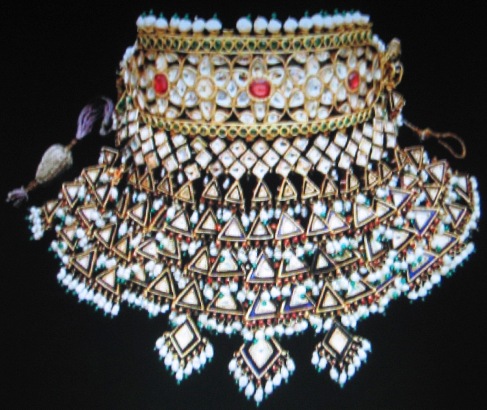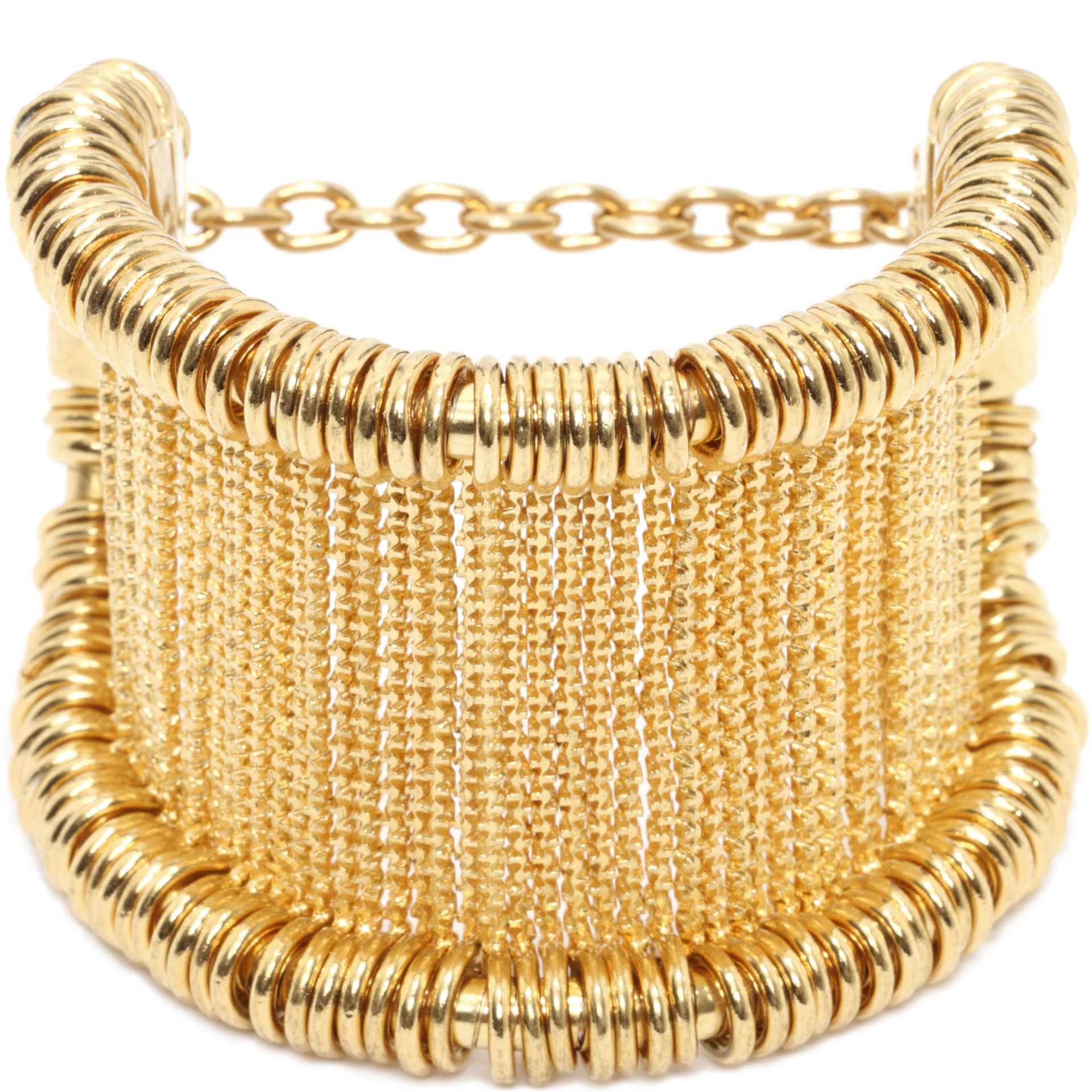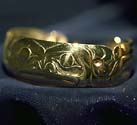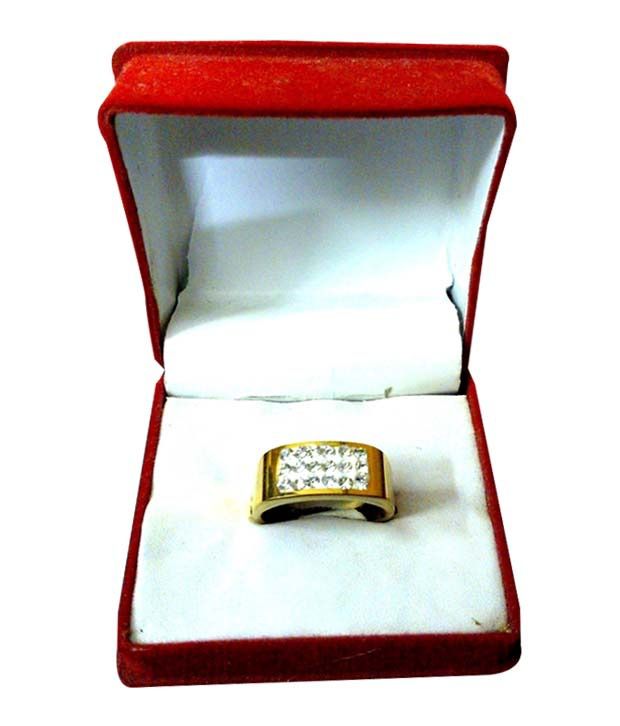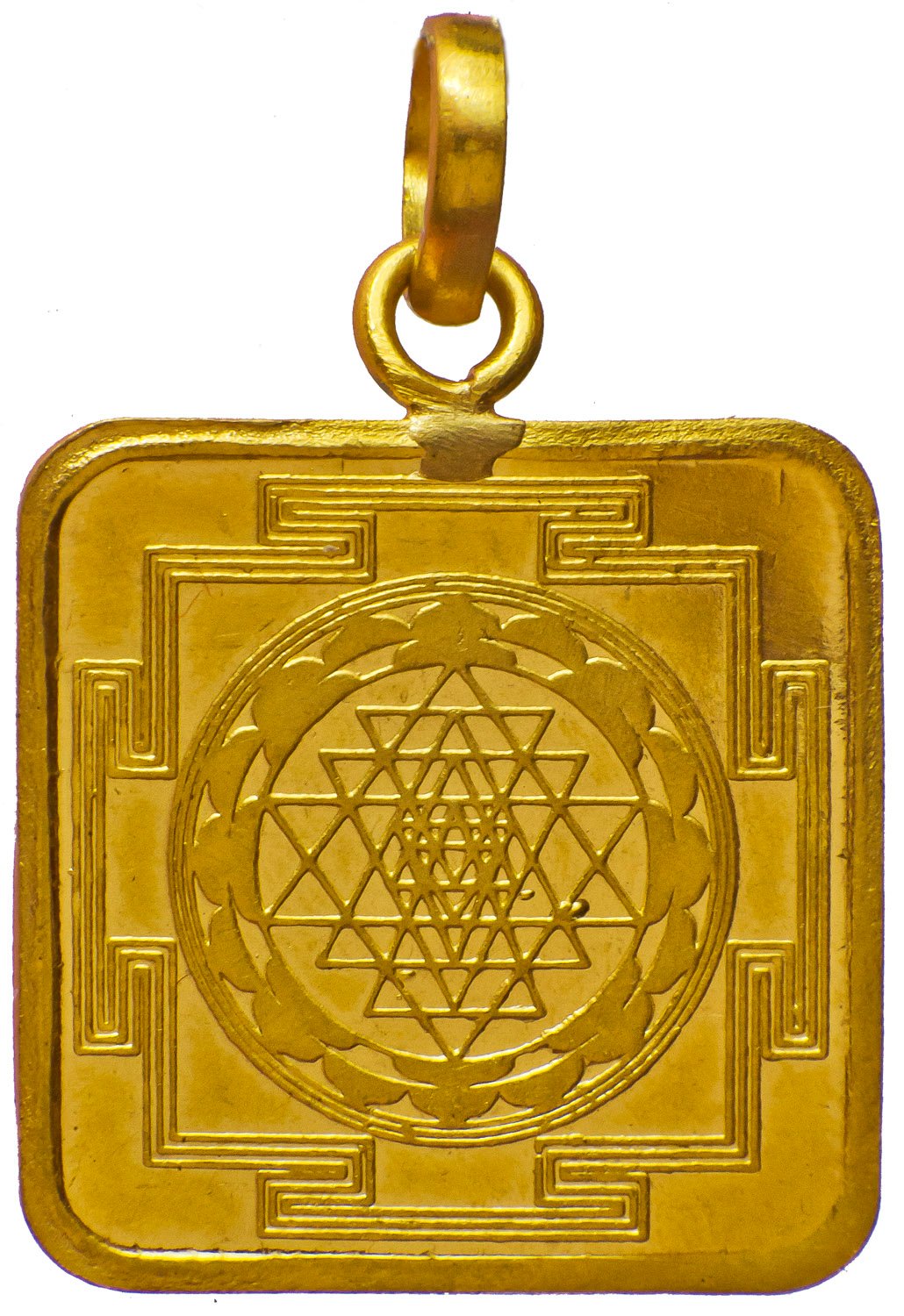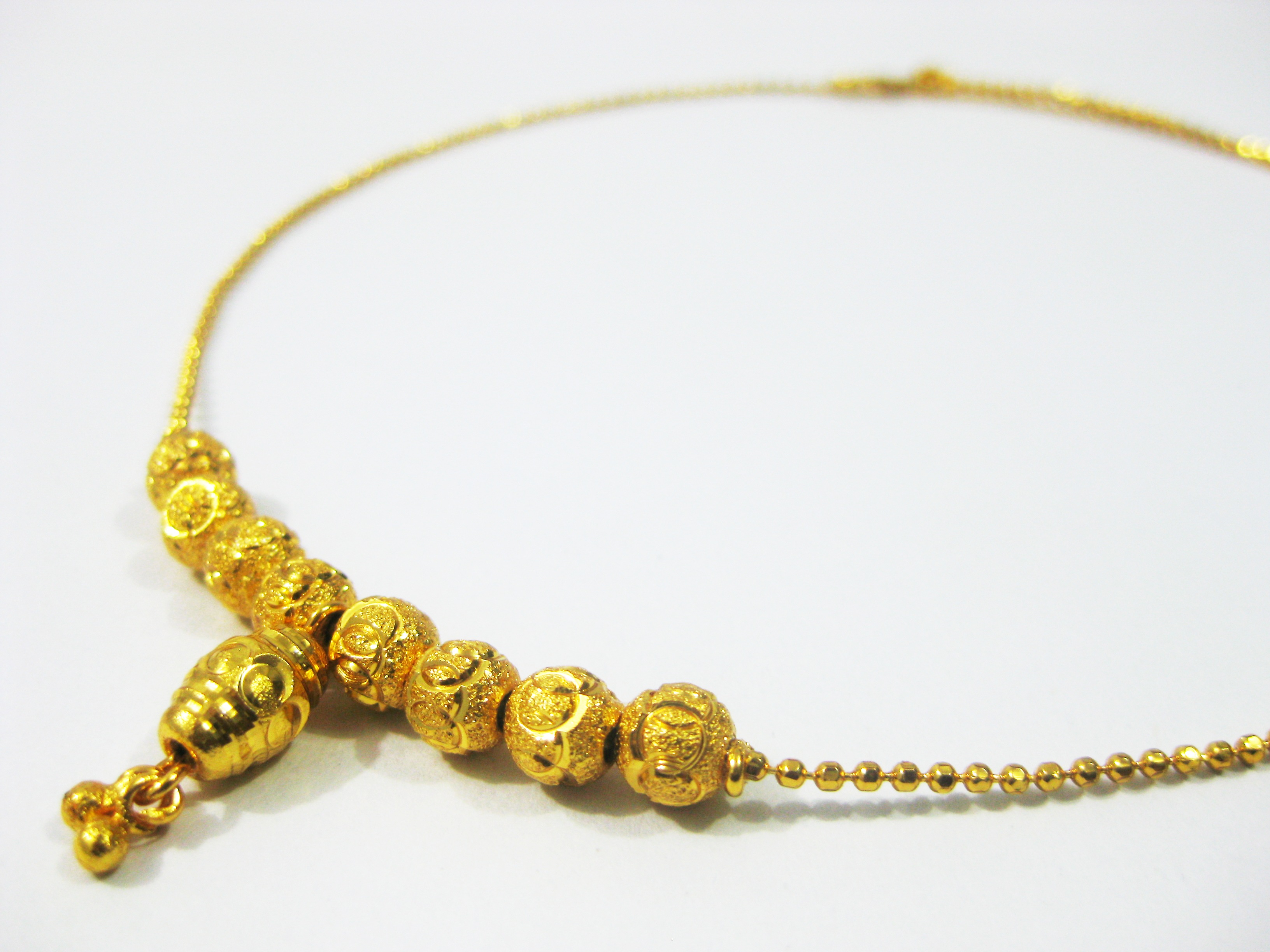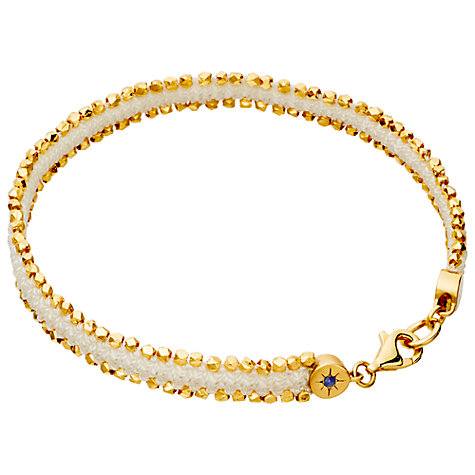Jewelry Design Biography
Source
(google.com.pk)
Though jewelry-making began as an accidental love, it grew into a
unique and compelling passion for Amrita. Her design interests are global, reflecting the city that she inhabits and works in: urban, culturally diverse, and infused with artistic inspiration. Her designer jewelry fuses Old World aesthetics with New World fashion, resulting in breathtakingly unique, wearable works of art.
Studying the intricacies of Indian art through travel and extensive independent work, Amrita draws upon the designs of India and the Mughal dynasty to create breathtaking Indian jewelry and accessories. Amrita is devoted to the development of both her fashion lines: her contemporary jewelry which includes innovative collections such as Bangle Bangle, and her fine jewelry collection, Maharaja Jewels. In addition to jewelry, Amrita's lifestyle brand includes scarves, specially-designed bangle towers, jewelry and cosmetics cases, iconic handbags, and a wide range of home decor.
Trained by the best in the field, Amrita graduated from the Fashion Institute of Technology and also completed the prestigious two-year executive training program at Bergdorf Goodman in New York City. She has worked with world-renowned designers such as Oscar de la Renta and Christian Lacroix. Recognized by her fellow designers for her achievements, Amrita was nominated by FGI (Fashion Group International) for the Rising Star Award in the Fine Jewelry Category in 2006, 2007 and 2008. Through her collaboration with innovators in fashion and her devotion to the beauty of fine classical design, Amrita continues to create intriguing and complex jewelry for every woman.
Jewels were always part of human culture. Even from the times when humans first started using clothes and tools some 100.000 years ago, jewels were produced from any kind of materials that were available - stones, animal skins, feathers, plants, bones, shells, wood, and natural made semi-precious materials such as obsidian. As the time went on, advancing technology enabled artisans to start taming metals and precious gems into works of art that influenced entire cultures and many modern jewelry styles. However, even with all advancements of metallurgy and gem processing, the purpose of wearing jewelry always remained the same - they enabled wearer to express himself non-verbally, showcase wealth, rank, political and religious affiliation or affections toward someone. This enabled jewelry to become timeless and a target for constant development and refinement.
Development of early jewelry can be roughly divided across three ancient civilizations - Egypt, India and China. Egypt and Mesopotamia set standards in metallurgy, gem collecting, and glass manufacture. Their several thousand year long tradition of jewelry production laid a solid foundation for all European civilizations that came after them, and their unique style affected fashion trends even four thousand years later.
India however managed to develop such a connection to jewelry that it became integral part of their daily life and religion. Since they were the first who managed to conquer the art of gold gathering and processing, they develop art of jewel making much earlier than anyone in their environment. This made them one of the most sought destinations for trade, which eventually became driving force for the incredible expansion of European civilization during the Age of Discovery. On the far side of the world, China managed to become driving force in developing of arts and their influence slowly spread their unique style across entire Asia. Chinese style that is focused on scenes of nature, animals and dragons is today still in high popularity, and continues to be developed with each passing year.
India however managed to develop such a connection to jewelry that it became integral part of their daily life and religion. Since they were the first who managed to conquer the art of gold gathering and processing, they develop art of jewel making much earlier than anyone in their environment. This made them one of the most sought destinations for trade, which eventually became driving force for the incredible expansion of European civilization during the Age of Discovery. On the far side of the world, China managed to become driving force in developing of arts and their influence slowly spread their unique style across entire Asia. Chinese style that is focused on scenes of nature, animals and dragons is today still in high popularity, and continues to be developed with each passing year.
After the fall of Ancient Egypt and Roman Empire, Europe became driving force of jewelry innovation. However, it took a long time until they managed to claim that position. After almost thousand years of isolation, famine, plagues and wars, Western Europe finally came into contact with distant civilizations during Crusades which enabled flow of new knowledge an ideas that enabled birth of Renaissance. As transfer of wealth from nobility, royalty and church continued to flow to middle classes during Renaissance, Age of Discovery and Industrial Revolution, jewelry designs and fashion trends changed dramatically. During those times world saw the appearance and disappearance of many styles, some new and original and some based on older designs found in the ruins of long gone civilizations (mostly Egyptian, which became one of the inspirations of Romanticism and Art Deco).
After more than 100.000 years of use of decorative items, and more than 6 thousand years of metallurgy and gem processing, we can surely say that jewels will forever remain integral part of humanity and our entire civilization
Jewels were always part of human culture. Even from the times when humans first started using clothes and tools some 100.000 years ago, jewels were produced from any kind of materials that were available - stones, animal skins, feathers, plants, bones, shells, wood, and natural made semi-precious materials such as obsidian. As the time went on, advancing technology enabled artisans to start taming metals and precious gems into works of art that influenced entire cultures and many modern jewelry styles. However, even with all advancements of metallurgy and gem processing, the purpose of wearing jewelry always remained the same - they enabled wearer to express himself non-verbally, showcase wealth, rank, political and religious affiliation or affections toward someone. This enabled jewelry to become timeless and a target for constant development and refinement.
Development of early jewelry can be roughly divided across three ancient civilizations - Egypt, India and China. Egypt and Mesopotamia set standards in metallurgy, gem collecting, and glass manufacture. Their several thousand year long tradition of jewelry production laid a solid foundation for all European civilizations that came after them, and their unique style affected fashion trends even four thousand years later.
India however managed to develop such a connection to jewelry that it became integral part of their daily life and religion. Since they were the first who managed to conquer the art of gold gathering and processing, they develop art of jewel making much earlier than anyone in their environment. This made them one of the most sought destinations for trade, which eventually became driving force for the incredible expansion of European civilization during the Age of Discovery. On the far side of the world, China managed to become driving force in developing of arts and their influence slowly spread their unique style across entire Asia. Chinese style that is focused on scenes of nature, animals and dragons is today still in high popularity, and continues to be developed with each passing year.
India however managed to develop such a connection to jewelry that it became integral part of their daily life and religion. Since they were the first who managed to conquer the art of gold gathering and processing, they develop art of jewel making much earlier than anyone in their environment. This made them one of the most sought destinations for trade, which eventually became driving force for the incredible expansion of European civilization during the Age of Discovery. On the far side of the world, China managed to become driving force in developing of arts and their influence slowly spread their unique style across entire Asia. Chinese style that is focused on scenes of nature, animals and dragons is today still in high popularity, and continues to be developed with each passing year.
After the fall of Ancient Egypt and Roman Empire, Europe became driving force of jewelry innovation. However, it took a long time until they managed to claim that position. After almost thousand years of isolation, famine, plagues and wars, Western Europe finally came into contact with distant civilizations during Crusades which enabled flow of new knowledge an ideas that enabled birth of Renaissance. As transfer of wealth from nobility, royalty and church continued to flow to middle classes during Renaissance, Age of Discovery and Industrial Revolution, jewelry designs and fashion trends changed dramatically. During those times world saw the appearance and disappearance of many styles, some new and original and some based on older designs found in the ruins of long gone civilizations (mostly Egyptian, which became one of the inspirations of Romanticism and Art Deco).
After more than 100.000 years of use of decorative items, and more than 6 thousand years of metallurgy and gem processing, we can surely say that jewels will forever remain integral part of humanity and our entire civilization
Jewelry Design Indian Jewelry Sets Bangles Rings Box Designs Band Designs Lates Gold Earnings Designs Ads Photos Images Pics

Jewelry Design Indian Jewelry Sets Bangles Rings Box Designs Band Designs Lates Gold Earnings Designs Ads Photos Images Pics

Jewelry Design Indian Jewelry Sets Bangles Rings Box Designs Band Designs Lates Gold Earnings Designs Ads Photos Images Pics

Jewelry Design Indian Jewelry Sets Bangles Rings Box Designs Band Designs Lates Gold Earnings Designs Ads Photos Images Pics

Jewelry Design Indian Jewelry Sets Bangles Rings Box Designs Band Designs Lates Gold Earnings Designs Ads Photos Images Pics

Jewelry Design Indian Jewelry Sets Bangles Rings Box Designs Band Designs Lates Gold Earnings Designs Ads Photos Images Pics
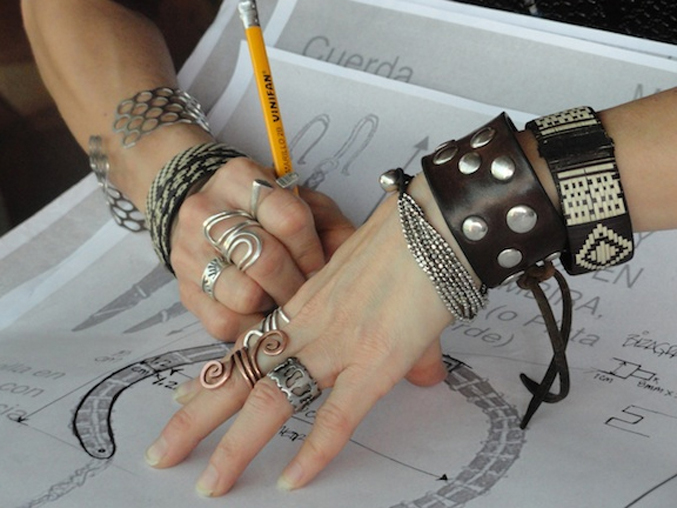
Jewelry Design Indian Jewelry Sets Bangles Rings Box Designs Band Designs Lates Gold Earnings Designs Ads Photos Images Pics

Jewelry Design Indian Jewelry Sets Bangles Rings Box Designs Band Designs Lates Gold Earnings Designs Ads Photos Images Pics

Jewelry Design Indian Jewelry Sets Bangles Rings Box Designs Band Designs Lates Gold Earnings Designs Ads Photos Images Pics

Jewelry Design Indian Jewelry Sets Bangles Rings Box Designs Band Designs Lates Gold Earnings Designs Ads Photos Images Pics




